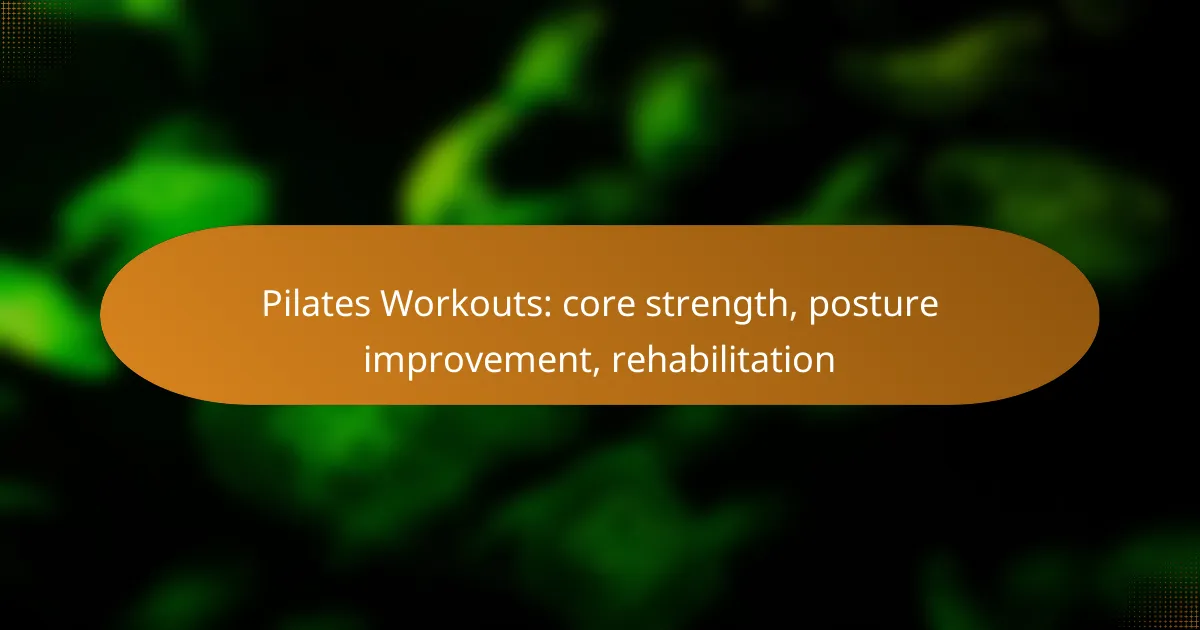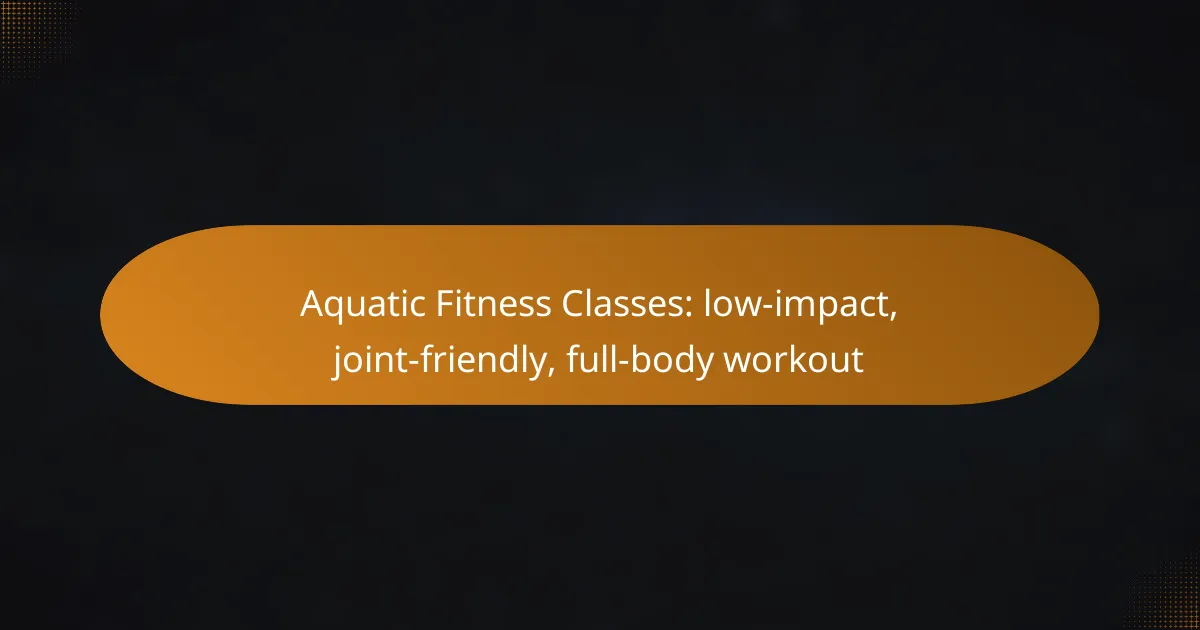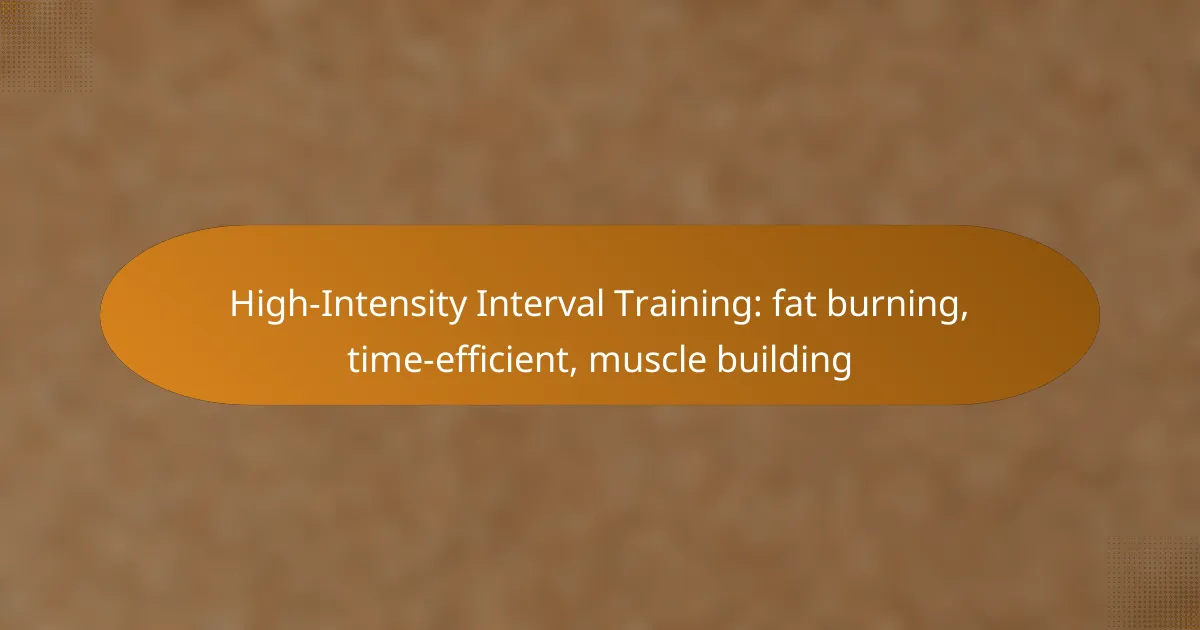Pilates is a powerful workout method that enhances core strength through controlled movements, engaging deep abdominal muscles for improved stability and alignment. It is particularly effective for posture improvement, as it strengthens the core and promotes body awareness, leading to better spinal alignment. Additionally, Pilates serves as a valuable rehabilitation tool, offering low-impact exercises that support recovery while minimizing strain on the body.

How can Pilates improve core strength?
Pilates enhances core strength by focusing on controlled movements that engage the deep abdominal muscles. This method promotes stability and alignment, which are crucial for overall physical health and injury prevention.
Enhanced muscle engagement
Pilates exercises emphasize the connection between mind and body, encouraging practitioners to engage their muscles intentionally. This heightened awareness leads to better muscle activation, particularly in the core region, which supports the spine and pelvis.
To maximize muscle engagement, focus on slow, deliberate movements rather than rushing through exercises. This approach not only strengthens the core but also improves overall muscle tone and endurance.
Increased stability and balance
Core strength is vital for stability and balance, both in daily activities and athletic performance. Pilates trains the core muscles to work together, enhancing coordination and control.
Incorporating exercises that challenge your balance, such as single-leg lifts or stability ball workouts, can further develop these skills. Aim for a balanced routine that includes both static and dynamic movements to build comprehensive stability.
Targeted abdominal exercises
Pilates features a variety of targeted abdominal exercises designed to strengthen the core effectively. Moves like the “Hundred” and “Roll-Up” specifically focus on the abdominal muscles while promoting proper posture.
For optimal results, practice these exercises regularly, aiming for sessions of 20-30 minutes, three to four times a week. Ensure you maintain proper form to avoid strain and maximize the benefits of each movement.
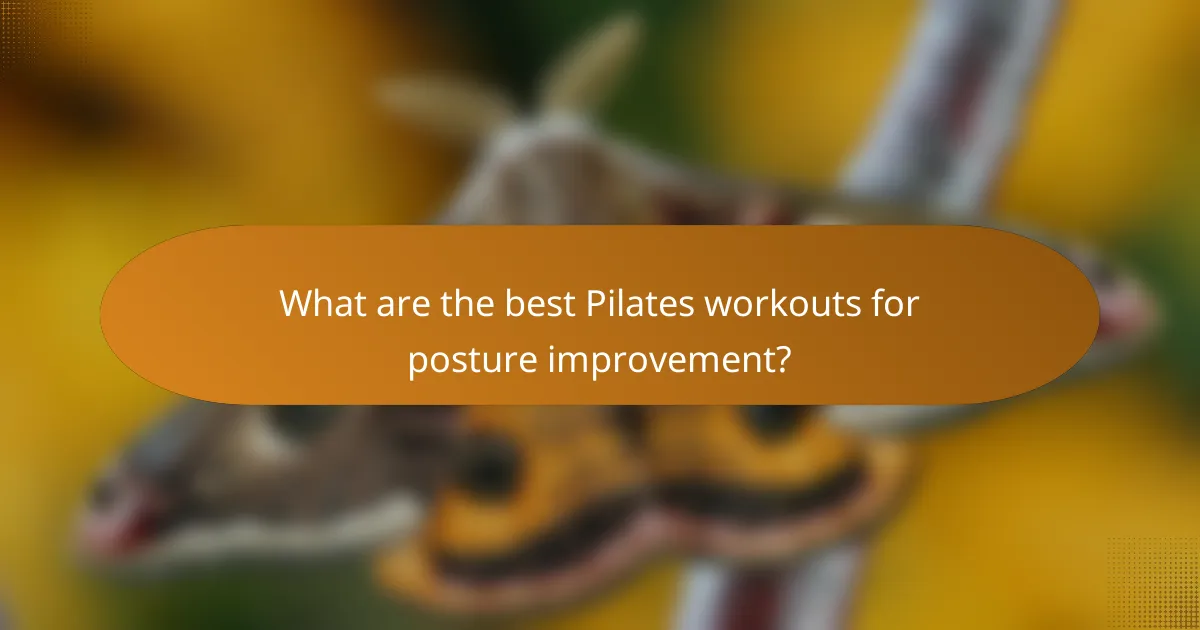
What are the best Pilates workouts for posture improvement?
The best Pilates workouts for posture improvement focus on strengthening the core, enhancing flexibility, and promoting body awareness. These workouts help align the spine and improve overall body mechanics, which can lead to better posture over time.
Reformer Pilates sessions
Reformer Pilates utilizes a specialized machine that provides resistance and support, making it ideal for posture improvement. The adjustable springs allow for varied intensity, catering to different fitness levels and rehabilitation needs.
In these sessions, exercises like the Footwork, Long Box Series, and the Swan can specifically target postural muscles. Regular practice can lead to noticeable enhancements in spinal alignment and core stability.
Mat Pilates routines
Mat Pilates routines are performed on a mat and emphasize body weight for resistance. These workouts can be highly effective for improving posture by focusing on exercises that strengthen the abdominal and back muscles.
Key exercises such as the Hundred, Roll Up, and Single Leg Stretch are excellent for engaging the core and enhancing spinal alignment. Practicing these routines consistently can help reinforce proper posture habits in daily activities.
Specific alignment-focused exercises
Alignment-focused exercises are designed to target specific postural issues and promote awareness of body positioning. Movements like the Cat-Cow stretch and the Plank can help improve spinal alignment and core strength.
Incorporating exercises that emphasize shoulder retraction and pelvic alignment, such as the Bridge and Wall Roll Down, can further enhance posture. It’s important to focus on form and control to maximize the benefits of these exercises.

How does Pilates aid in rehabilitation?
Pilates aids in rehabilitation by focusing on core strength, flexibility, and posture, which are essential for recovery from injuries. Its low-impact nature allows individuals to engage in effective workouts without straining their bodies, making it suitable for various rehabilitation needs.
Injury recovery techniques
Pilates incorporates specific techniques that target injury recovery, such as controlled movements and breath awareness. These methods help to strengthen muscles around the injured area, improving stability and reducing the risk of re-injury. Common techniques include pelvic tilts, leg circles, and spine stretches, which can be adapted based on individual recovery stages.
Low-impact exercise options
The low-impact nature of Pilates makes it an ideal choice for those recovering from injuries. Exercises are designed to minimize stress on joints while still providing a robust workout. For example, using a reformer or mat, practitioners can perform exercises like the hundred or the roll-up, which engage the core without excessive strain.
Customized rehabilitation programs
Customized rehabilitation programs in Pilates are tailored to meet individual needs and recovery goals. These programs often begin with an assessment by a certified instructor who can design a regimen that addresses specific injuries or limitations. Regular evaluations ensure that the program evolves as the individual progresses, promoting effective recovery.
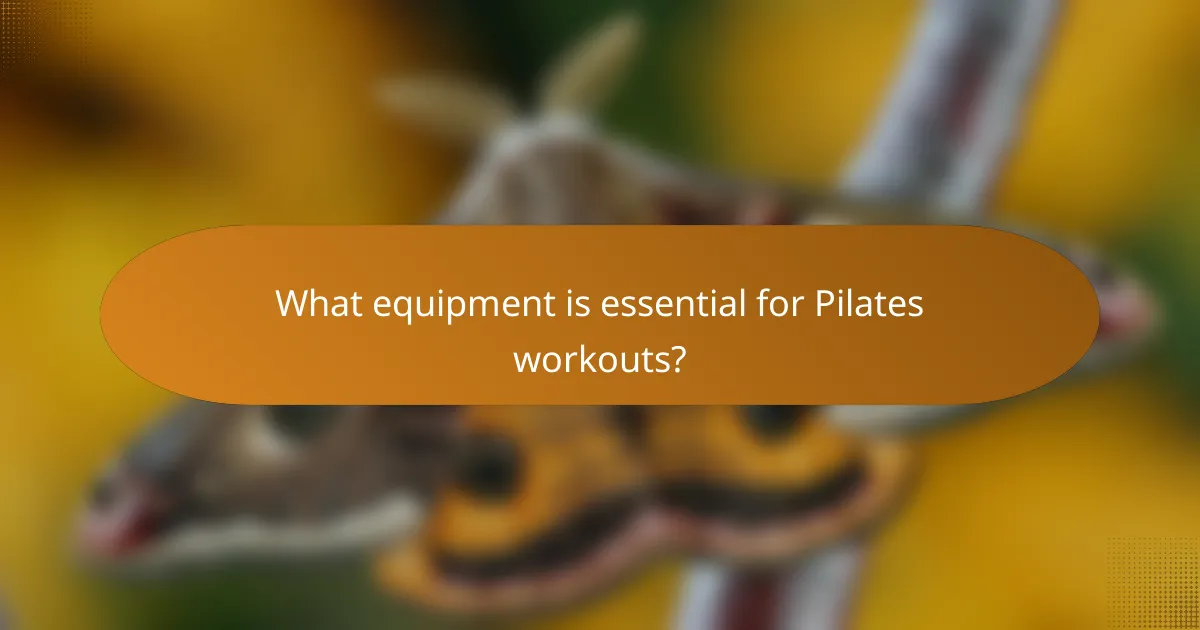
What equipment is essential for Pilates workouts?
Essential equipment for Pilates workouts includes tools that enhance core strength, improve posture, and aid in rehabilitation. The most commonly used items are reformer machines, resistance bands, and stability balls, each serving unique purposes in a Pilates routine.
Reformer machines
Reformer machines are versatile pieces of equipment that use springs and pulleys to provide resistance during exercises. They allow for a wide range of movements, making them suitable for both beginners and advanced practitioners. When using a reformer, focus on maintaining proper alignment and control to maximize benefits.
Consider starting with a session led by a certified instructor to understand how to adjust the machine and perform exercises safely. Many studios offer reformer classes, which can range from $15 to $30 per session, depending on location and instructor experience.
Resistance bands
Resistance bands are portable and cost-effective tools that add resistance to various Pilates exercises. They come in different thicknesses, providing options for different strength levels. Using bands can enhance muscle engagement and improve flexibility during workouts.
To incorporate resistance bands, secure them to a stable anchor point or hold them with your hands while performing exercises. Be mindful of the band’s tension to avoid strain; lighter bands are often better for beginners. They typically cost between $10 and $30, making them accessible for home workouts.
Stability balls
Stability balls, also known as exercise balls, are large inflatable spheres that improve balance and core strength. They can be used for a variety of exercises, such as seated twists or wall squats, to challenge stability and engage multiple muscle groups. When using a stability ball, ensure it is properly inflated and sized for your height.
Choose a ball that allows your knees to be at a right angle when seated. Stability balls are generally priced between $15 and $40, and they can be a fun addition to both home and studio workouts. Always check for punctures or wear before use to ensure safety.

What are the prerequisites for starting Pilates?
Before starting Pilates, it’s essential to assess your fitness level and consult with a healthcare provider if you have any health concerns. Understanding these prerequisites can help ensure a safe and effective Pilates experience.
Basic fitness level
A basic fitness level is beneficial for starting Pilates, as it helps you engage with the exercises more effectively. While you don’t need to be an athlete, having some familiarity with physical activity can make the transition smoother.
If you’re new to exercise, consider beginning with beginner classes or modified routines that focus on foundational movements. This approach allows you to build strength and flexibility gradually.
Consultation with a healthcare provider
Consulting with a healthcare provider is crucial, especially if you have existing medical conditions or injuries. They can provide personalized advice on whether Pilates is suitable for you and suggest modifications to accommodate your needs.
For those recovering from injuries or surgeries, a healthcare provider may recommend specific Pilates exercises that promote rehabilitation without risking further injury. Always prioritize your safety and well-being by seeking professional guidance before starting any new workout regimen.
